Corvette or modular non-corvette?
The last time we have only talked about whether we need to build another giant, an atomic destroyer the size of a cruiser, an atomic aircraft carrier with a displacement of 100 thousand tons, and so on.
Meanwhile, we can’t give the mind to the existing large ships (yes, I’m all about the “Orlan”), and, obviously, the only aircraft carrying cruiser is now added to the heavy nuclear cruisers.
But we make rockets ...
Okay, we really do rockets, it's a little easier than building a warship. But with missiles, a ship built by someone is much easier to bring to the state of scrap metal.
But even with our missiles, which are rightfully considered the best in the world, not everything is so rosy and beautiful. Just because rockets must be placed on some platform, rockets must receive target designation and tracking.
And here the nuances begin ...
In general, in the world there is a certain tendency to simultaneously reduce the size and displacement of ships on the one hand and equip them to the maximum in terms of weapons and mechanization on the other.
This is quite normal, with the development of technology in particular. Yes, ships are still being built, like a hundred years ago, according to the same canons, only classes are becoming less and less, precisely because scientific and technological progress and universalization rule this ball.
And if progress is almost always useful (if you don’t go too far, as with computerized latches on the latest American aircraft carriers), then there are doubts about universalization.
For universalization (coupled with a decrease in size and volume) paid by reducing the combat capabilities of weapons systems. You must admit that the same almost Washington 10 tons of Ticonderoga squeezed weapons well a little more than Arly Burke. But it’s like a cruiser ... Orlan, of course, carries a lot more on itself, but there are 000 tons afloat.
But it is a heavy cruiser and almost a cruiser. And what's at the bottom of the food chain? And below it is still more interesting.
As an example, our parable is the corvette of project 20380.
Why exactly this ship? But because it is not for the far sea zone, DMZ with "flag demonstrations" and other expensive show-offs that we still cannot afford - it is far away. And the huge sea border with the coast, here it is, has not disappeared. And if it is more important to say, frightening the US Navy with its presence in the ocean (yes, there is a threat to the Americans, may burst out laughing, looking at our “DMZ group”) or really “hold” the coastal water area in the hands of the Pacific Ocean - definitely more important the second one.
So, the corvette of project 20380, and if in a simple way, in our opinion, then a small patrol ship, is a project of multipurpose ships of the 2nd rank of the near sea zone.
The ship is designed specifically for work in the near sea zone, the fight against surface ships and submarines of the enemy. It can provide fire support for amphibious assault during naval amphibious operations by launching missile and artillery attacks, and may patrol areas of responsibility with a view to blocking.
Station wagon? Station wagon. To the very frames.
And the corvette / patrol guard has all the properties due to it: a small displacement, a small draft. And (for many, it turned out to be a surprise) quite decent sailing. That is, not only the water area of the Baltic, but also the Pacific region. Can.
But about the content - not really. Judge for yourself: the Poliment radar, familiar to ships of this class, tied to the Redut complex, did not fit on the boat at all. I had to dodge, installing a radar with the FAR 1RS1-1E Furke-2.
But alas, "Furke-2" is not a smaller "Polement", it is "Shell-1C", which after registration on ships received the name "Shell-M".
However, if it affected the range, it was not the best way. Polyment-Redoubt uses three types of missiles, long-range (9M96E), medium-range (9M96E2) and short-range (9M100).
The range of missiles of the Redut complex can reach 150 km. But the Furke-2 radar cannot work at such a range, however, a lot has been written about this at one time. The situation has not improved much since the first scandals of 2012, and the Redoubt with Furke-2 still resembles a large-caliber rifle without an optical sight.
And there is nothing to be done, the size of the ship does not allow to improve the situation with the radar.
The same is true with anti-submarine / anti-torpedo weapons. Corvette - this is not the IPC, a small anti-submarine ship, imprisoned precisely for the search and destruction of enemy submarines. But the ship of project 20380 is armed with the “Package”, a rather elegant small-sized installation capable of operating both torpedoes on submarines and torpedoes on torpedoes from these boats.
The small size is the problem. The data, of course, is not enough, but it is known that there are two versions of the hydroacoustic station, differing from each other in the number and configuration of antennas. So, the version with a cylindrical antenna weighs 352 kg and provides an overview of the sector with a width of 270 °. When using two flat antennas, the weight of the station is reduced to 127 kg, but the field of view is reduced to 90 °.
Payment for small size and weight.
The MTT torpedo from the "Pack" can go up to 20 km at a speed of 30 to 50 knots. If the boat of the probable adversary stood still, no problems. But alas, the enemy’s boats, even training ones, do not stand still. And they move quite normally under water at a very decent speed. Sivulf - 35 knots, Virginia - 34 knots. And such a speed may well give a chance to break away from our torpedo. In theory. In practice, earlier the target will lose the mini-GAS from the "Pack", especially if the enemy boat will scuttle from the ship.
In this case, it would be nice to pursue the launch of a rocket torpedo, but the trouble is, it also needs the appropriate equipment, but there is no space on the corvette.
Well, the helicopter. Anti-submarine Ka-27, others, as it were, we especially do not have. Again a tribute to universality. The corvette will patrol the shallow water, blocking the area, will launch cruise missiles, helping to solve the combat mission to the main forces fleetwill shoot enemy planes with the Redutom, supporting the landing or striking along the shore in the interests of the same landing - the corvette will always carry this ill-fated anti-submarine helicopter. Which can only be used to counter submarines.
Incidentally, the helicopter in other cases is not useful, but harmful. For example, in counteracting the enemy from the shore, a helicopter can become not a weak source of fire on the ship, while being completely useless landing.
Of course, there is an option when you can carry everything with you. And we have it, albeit in a single copy. If you take all the hobbyists in the form of weapons and place them on the same ship, then it is clear that it will turn out to be Peter the Great. For only this giant carries everything necessary for all cases of battle. Everyone else in the world, alas, does not succeed. Size did not come out.
But with the "Eagles" we are very difficult. We are not able to contain them, because we have either one and a half out of three, or one whole and how many tenths are available. Expensive to build, expensive to maintain.
In addition, such cruiser-class ships are simply not able to work at shallow depths. They cannot trawl and destroy mines, they cannot hunt for submarines. A lot of things can’t.
And if you take and build not a corvette with a claim to universality, but a really universal ship? Which could be adapted to the task in the shortest possible time and use it with the greatest efficiency?
Indeed, the conclusion about a certain modular ship just begs. We must go to drive submarines - two helicopters, a gas engine, bombers and torpedoes. It’s necessary to cover the convoy — they set up a radar and an air defense system. It is necessary to land the landing - no problem, a pair of 130-mm guns and surface-to-surface missiles.
Meanwhile, in the world there are already countries that really not only thought about, but even realized such a modular structure.
In the 80s of the last century, the Danes became pioneers of modular shipbuilding. In general, one can argue who was the first or the very first, ad infinitum, but the Danish fleet is the first fleet in the world where all ships are built using the Standard Flex system or abbreviated StanFlex.
Yes, the Danish fleet is small, and had to save on everything. So the first ships equipped according to the StanFlex system appeared, which allowed reducing the number of ships without loss of combat effectiveness. And reconfiguration for certain tasks greatly simplified the life of the Danish fleet command.
Today, the Danes have at their disposal a wide variety of StanFlex modules: artillery, with anti-ship missiles, air defense module, anti-aircraft module with torpedo tubes, ASG, trawl module, electronic warfare and so on. In total, the Danish fleet has 101 modules of 11 different types.
Modules are installed by the simplest 15-ton truck crane. It takes about half an hour to replace a module; connecting and testing a ship’s system takes a few more hours. Next, the ship is ready to perform a combat mission. The main thing is to train the crew or equip specialists with the necessary profile from the reserve.
In general, it’s clear where this came from in the Danish Navy, it’s enough to remember who Lego came up with.
Meanwhile, the newest frigates of the Danish fleet of the Ivar Huitfeld type have 6 slots each (this is the name of the module installation site) in construction and a complete reconfiguration of the ship takes no more than a day.
Anything to think about? So our potential also thought, looking at how the Danes solve their problems. But the Americans did not have and will not have such problems with the budget, but nevertheless something appeared to them.
We are talking about a thoughtful project of the ships of the coastal zone Littoral Combat Ship (abbreviated as LCS) with a modular construction scheme. A “thoughtful” project - because in the USA they are still thinking about how much the ships will cost in the end and whether they are needed for that kind of money.
These are ships built in a modular scheme, in principle, very similar to Danish. The module is a standard marine 20-foot container, equipped for a specific task.
The LCS-1 Freedom became the first-born American modular design.
The tasks of ships of this type include anti-submarine and anti-terrorist protection, carrying out special operations, search and destruction of minefields, as well as the rapid transportation of military cargo.
There are already 6 ships of this type in service, three more are being completed, four are under construction and several more have been ordered.
Ships of this type have a fairly wide range of configurations, and Lockheed (developer-manufacturer) emphasizes that despite the change in configuration, the ship will not be inferior to specialized ships in performing a combat mission.
LCS-2 "Independence".
This is the brainchild of General Danimix. No less worthy project than Freedom, although due to its aluminum construction it is significantly inferior to the competitor in terms of strength.
Two trimarans of this class have been built so far, but three more ships are being built and several more have been ordered.
Everything is modular in the LCS-2 concept, even crew accommodation. That is, in addition to the combat modules, there are residential ones, if crew expansion is suddenly required.
In general, the Americans have such ships have two crews, oriented to specific tasks.
The main difference between the LSC-2 is on board the Mobicon container handler for quick replacement or loading and unloading of container modules, making the ship much easier to reconfigure by trained crew.
Well, the third and last American development, also in the rank of tests, FSF-1 "Sea Fighter".
This standard coastal catamaran ship has 12 standard 20-foot module containers with weapons and equipment on board the upper deck for participation in various types of operations: anti-mine, anti-submarine, and also anti-surface ships.
Modules are lifted and changed using a special elevator. The catamaran is still being tested.
In general, we can say that 9 ships already built are nothing more than an admission that there is something in the modular program. Either buried billions of the budget, or a certain essence.
In general, it is worth recognizing that the modular ship system has some very clear positive points.
1. Unused modules can simply be stored and stored, saving their resource.
2. Ships do not lose their combat readiness when it is necessary to maintain or repair equipment. It is enough to replace the module to be serviced.
3. Re-equipment or re-equipment of the ship does not necessitate a major overhaul in the factory.
4. If the ship is decommissioned or lost in battle, the modules remaining in storage can be used on other ships.
It is possible, quite possibly, that such multi-purpose configurable ships will be somewhat less effective than specialized ships, but we are talking about actions from the near sea zone ...
And here the opportunity to get the necessary ship at the disposal of the day is possible to outweigh all the disadvantages of the modular scheme.
For example, if it suddenly turns out that the enemy has secretly set up minefields, quickly assembling a minesweeper and proceeding to mine clearing will be more convenient than getting out of the situation if the minesweeper is simply not available.
Surprisingly, no one thinks about the topic of modular systems in shipbuilding. But obviously in vain. Or vice versa, not in vain.
The fact is that the module is a rather high-tech product, which, moreover, will require a proper attitude to itself. Storage, care, maintenance, debugging. That is, really trained specialists. That is, for all this, considerable expenses loom.
Well, the expenses from our birth didn’t scare anyone, even more: the higher the amount for any program, the greater the opportunity ... well, you understand.
But the experts and all the rest ...
Apparently, here lies the root of the problem. There is nothing else to explain the refusal to consider the concept of a modular OVR ship. Ideas in our midst were in the air and even laid down on paper. However, everything remained at the same level.
Ten years ago, they spoke about the OVR corvette project, which was supposed to be modular and replace the obsolete MPK of projects 1124M and 1331M, MRK of project 12341, RCA of project 12411 and minesweepers as they went to the landfill.
However, the project “did not play,” and old Soviet-built ships and anti-sabotage boats still protect coastal waters and naval bases. When the Soviet junk is completely and irrevocably decommissioned, there will simply be nothing to guard the bases.
But this is only half the problem.
The second half, that even in the state in which our shipbuilding is (terrible), we continue to build seemingly universal ships with acceptable characteristics that initially allow us to perform a wide range of tasks.
That is, all the same AK-47, but in the 21st century. It's a shame.
Meanwhile, the experience of the Danes showed that the model system is a lifesaver in case of a budget shortage. Instead of 30 ships (and we need more, what are the maritime borders), 15 are being built and 60 modules to them. And here you have a minesweeper, scout, anti-submarine ship, and so on.
Yes, and transport too. In case you still have to organize "express trains".
Today, Russian shipyards and factories are not able to produce ships larger than a corvette. All that is higher is pink dreams and budget cuts on projects, nothing more. It was here that one could play by plugging holes in many places with modular designs.
Moreover, they can be played as we please. With rockets, it’s quite possible, isn't it? Why in the image and likeness not to try with the ships of the near sea zone?
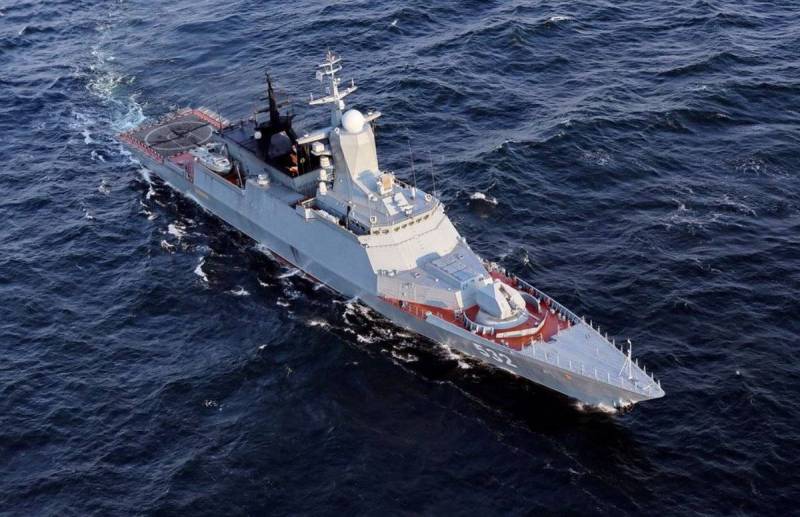
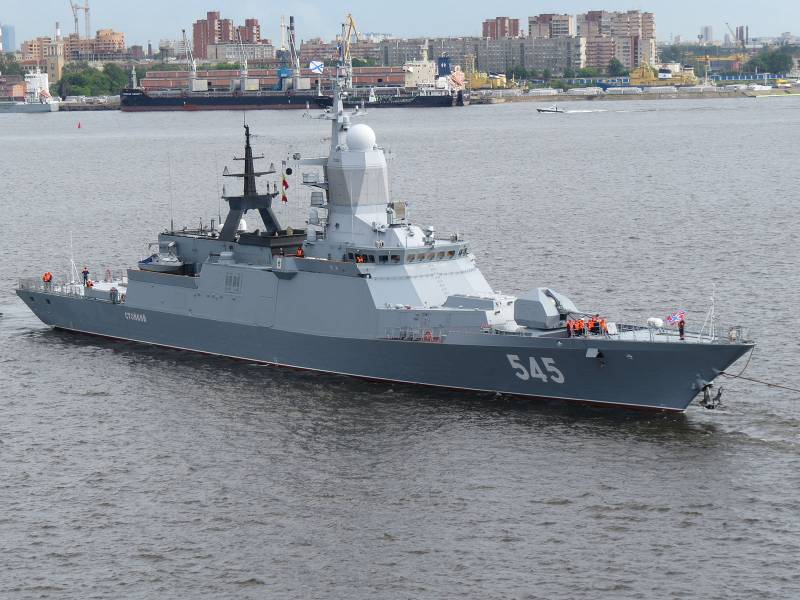
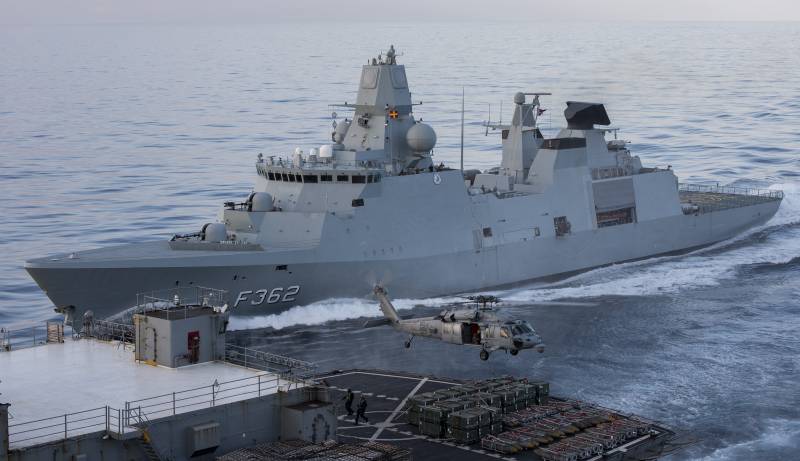
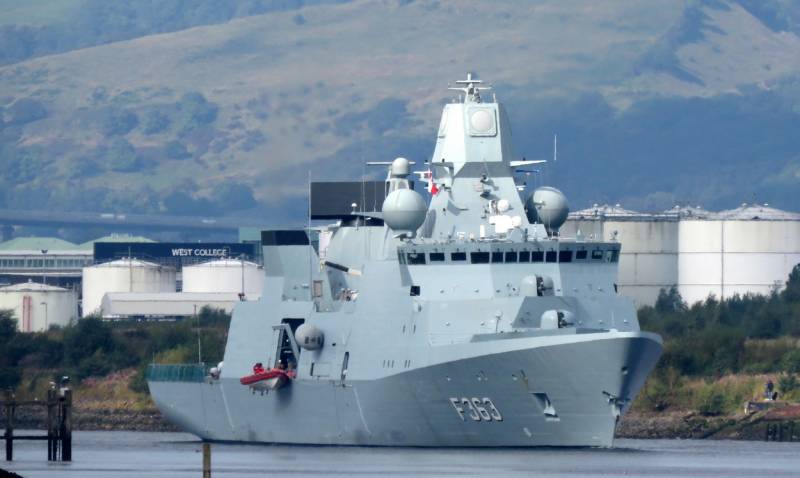
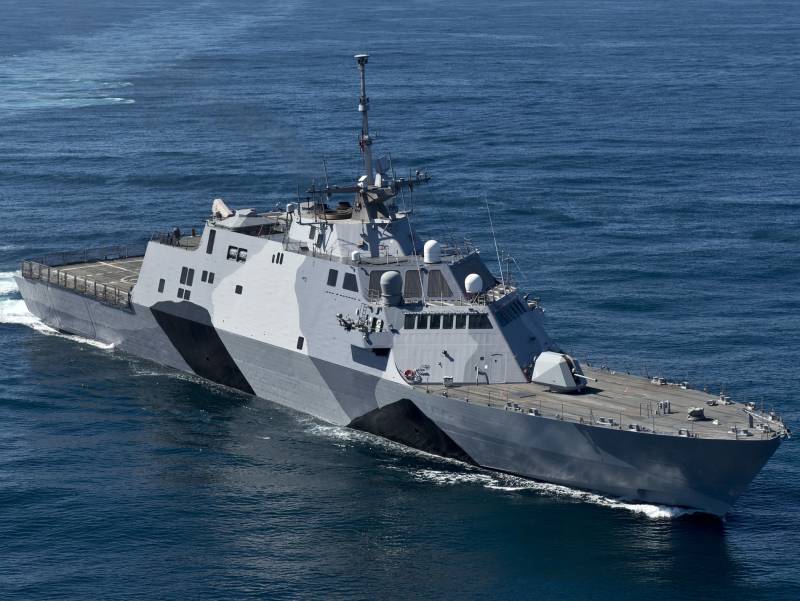
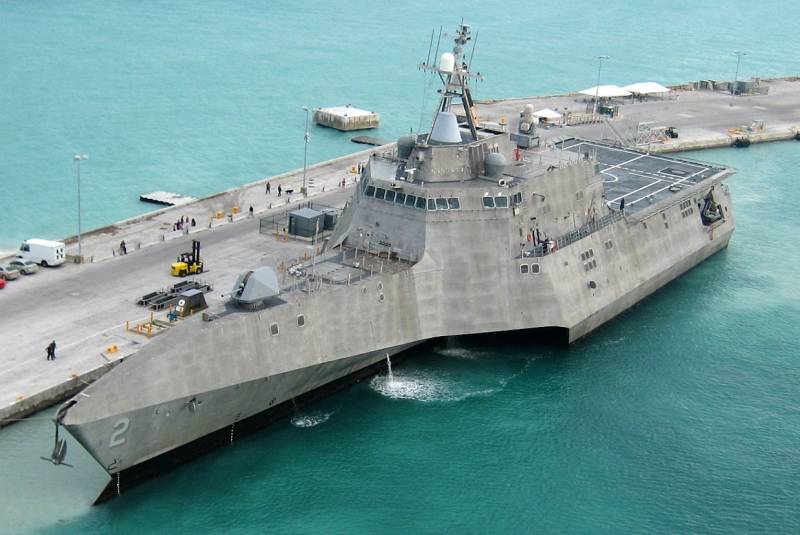
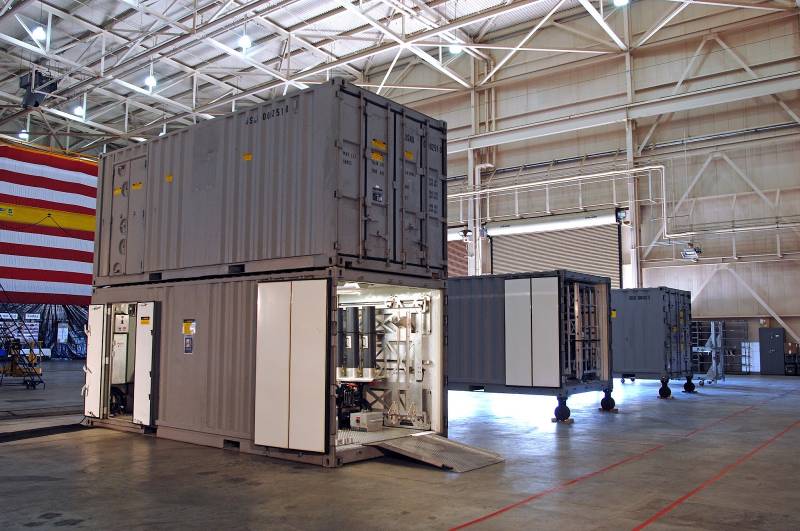
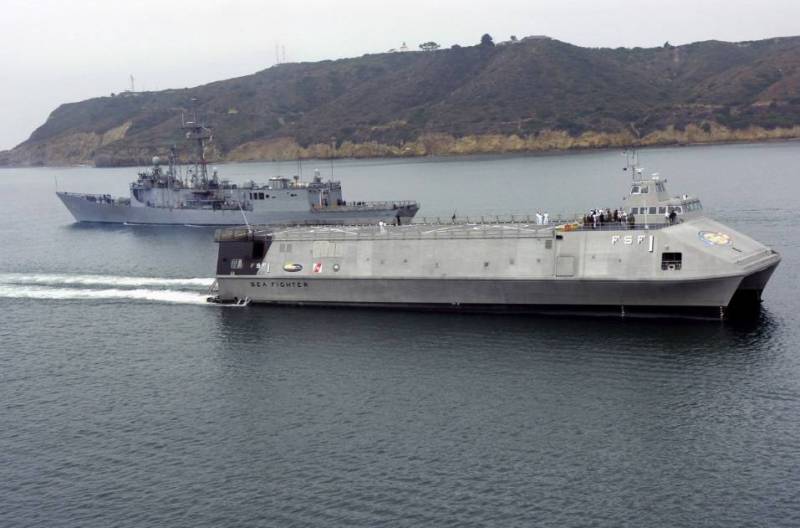
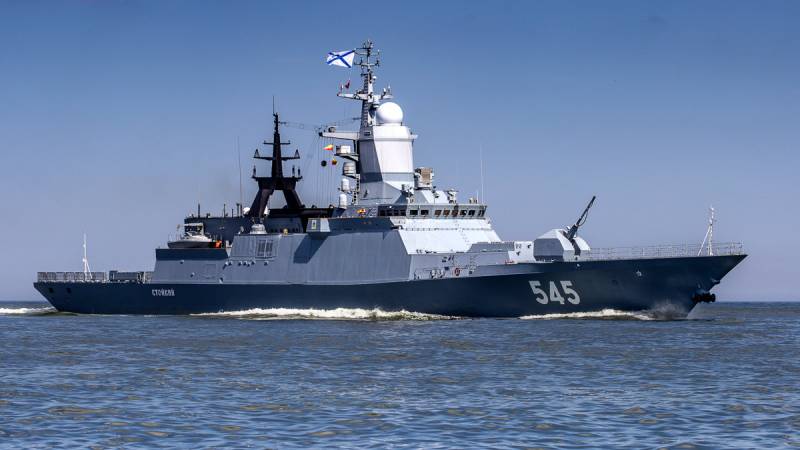
Information